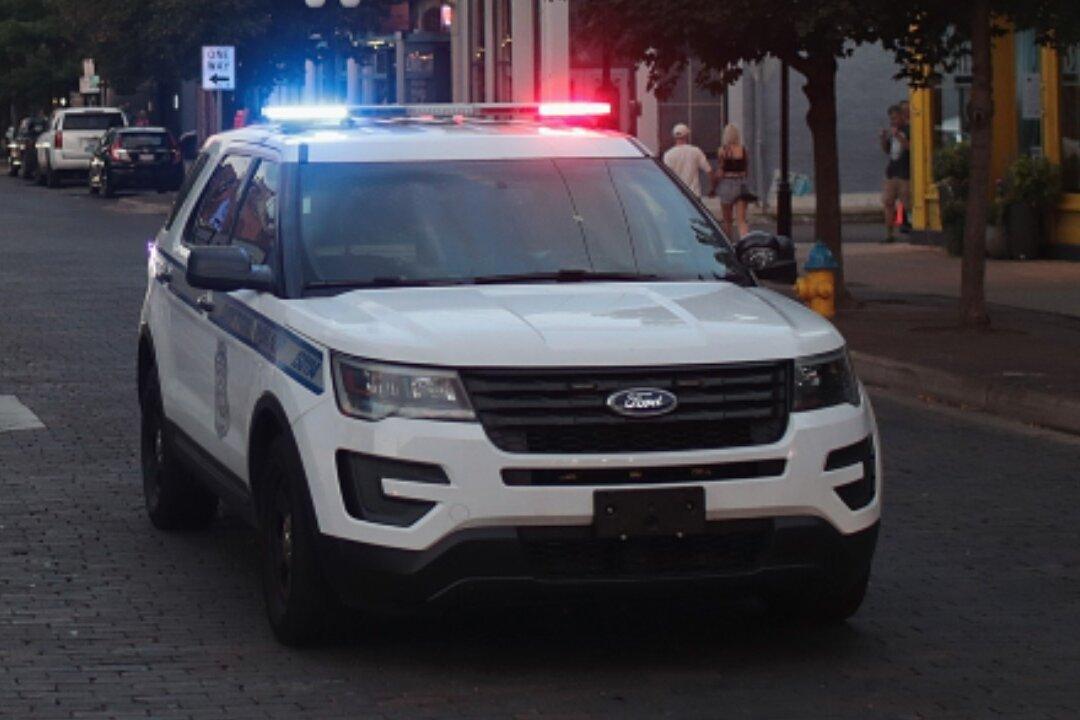Local law enforcement agencies across the United States are facing supply chain issues that are affecting basic police operations and training.
In Bucyrus, Ohio, the local police department was forced to put three cruisers they purchased in October into storage where the vehicles sat waiting for parts until this week.





